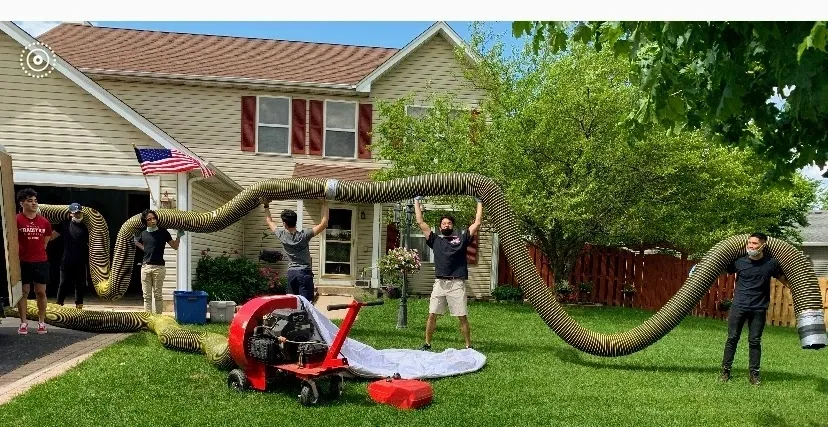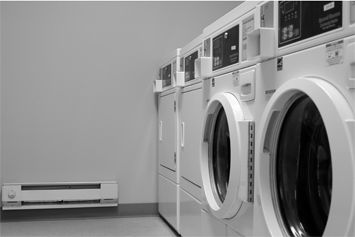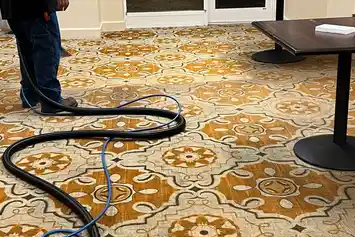CHICAGO LAND'S PREMIER CARPET, AIR DUCT, AND LAUNDRY EXHAUST CLEANING SERVICE
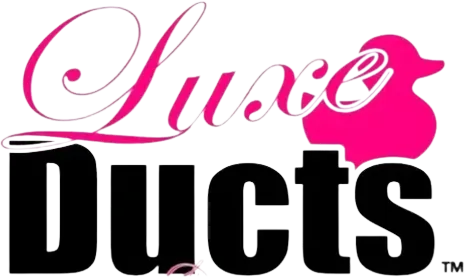

Lowest Prices
Beat or match guaranteed.

Any Budget
Flexible Financing.

Highly Reviewed
Highly-rated, trained & certified.
Empowering Excellence: Embodying Integrity, Ethics, & ZEAL
Welcome to our business, where we are dedicated to making a difference in the world. With a clear vision and unwavering passion, we strive to provide innovative solutions that meet the needs of our Duckies and create a positive impact. Our Duckies are driven by a shared purpose: to revolutionize the industry standard.
Discover the Benefits of Air Duct Cleaning: Breathe Easier
Revitalize Your Home
Discover 5 Compelling Reasons to Contact Luxe Ducts Today!

Looking to enhance indoor air quality?
Let us help! Your AC and furnace remove dust and dirt from the air, but they can accumulate in your ducts, leading to mold and bacteria growth. Our services eliminate these pollutants, making it easier for allergy sufferers to breathe.

Looking to reduce your energy bill?
We can help! Debris and objects in your air ducts block airflow, forcing your HVAC system to work harder and longer. By cleaning your ducts, we improve efficiency, helping you save on energy costs while maintaining a comfortable home temperature.

Increase Equipment Life!
Dirty ducts can cause your HVAC system to work harder, shortening its lifespan. Protect your investment by ensuring clean and well-maintained ducts. This reduces strain on the system and increases its longevity

Exciting News: You Expecting a Little One!
It's important to create a healthy living environment for your newborn. Cleaning your air ducts removes dust, pet dander, and mold, reducing the risk of allergic reactions and other symptoms. Ensure a safe and comfortable space for your baby by cleaning your air ducts before their arrival.

Congratulations on completing your home renovation project!
Before you can fully relax and enjoy your new space, it's important to have your air ducts cleaned. Dust particles from construction can easily find their way into your ducts, leaving your freshly renovated home looking old and dingy. By wearing a protective mask and using a post-construction cleaning checklist, you can ensure that all the dust is removed, leaving your home clean and pristine.
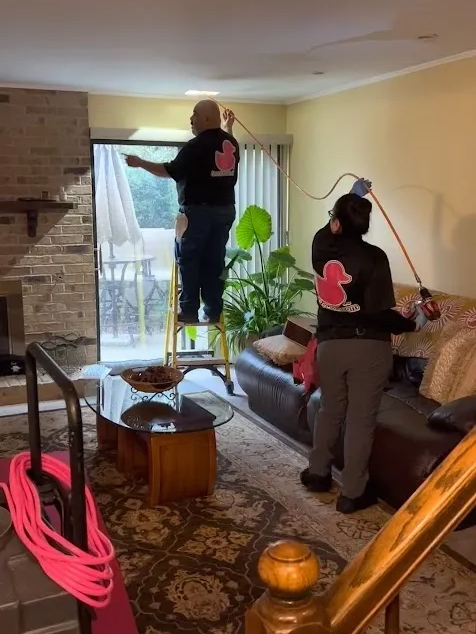
Don't Miss Out
Uncover the Top Reasons Why Luxe Ducts Should be Your Go-To Choice!
Uncover the Hidden Culprit: Unclean Air Ducts May Be Causing Your Health Issues. Allergies, asthma, and persistent coughing? It's time to address the root cause for a healthier home.
Banish Lingering Odors for Good! Mold, mildew, pet odors, and smoke can infiltrate your home through air ducts. Freshen up your living space with professional air duct cleaning services to eliminate stale, musty smells.
Moving into a new home? Ensure a fresh start by considering air duct cleaning. Previous occupants may have left behind debris, pet dander, or mildew. Construction residue can also obstruct airflow. Don't overlook this important step in maintaining a clean and healthy home environment.
Frequently Asked Questions (FAQ)
Here, we have compiled a list of common questions and answers to provide you with helpful information about our services. If you cannot find an answer to your question in this section, please reach out to us.
How often should I have my air ducts cleaned?
The frequency of air duct cleaning depends on various factors such as the size of your home, the number of occupants, and the presence of pets. In general, it is recommended to have your air ducts cleaned every 3 to 5 years. However, if you notice excessive dust, mold, or allergies, more frequent cleaning might be necessary.
Is it safe to be at home during air duct cleaning?
Yes, it is generally safe for you and your family to be at home while our professionals clean your air ducts. Our team uses specialized equipment and takes necessary precautions to ensure a safe and efficient cleaning process. However, if any family member has respiratory issues or sensitivities to dust, it might be advisable for them to temporarily leave the area until the cleaning is complete.
Is professional carpet cleaning necessary for maintaining the lifespan of my carpets?
Carpet fibers can trap dirt, dust, and other particles, which can wear down the carpet over time. Additionally, stains and spills that are not properly cleaned can become permanent or cause discoloration. Professional carpet cleaning uses specialized equipment and techniques to effectively remove dirt, stains, and odors, helping to restore the appearance and extend the life of your carpets.
Furthermore, professional carpet cleaning can also help improve indoor air quality by eliminating allergens, dust mites, and other pollutants that may be trapped in the carpet fibers. This is particularly beneficial for individuals with allergies or respiratory conditions.
Why is laundry exhaust (dryer vent) cleaning important and how often should it be done?
Dryer vent cleaning is important to prevent fire hazards and improve the efficiency of your dryer. Over time, lint and debris accumulate in the vent, increasing the risk of a fire. Regular cleaning also ensures proper airflow, reducing drying time and energy consumption. It is recommended to clean the dryer vent at least once a year or more frequently if you notice reduced drying performance or longer drying times.
How can I schedule an appointment for air duct, carpet, and laundry exhaust (dryer vent) cleaning?
To schedule an appointment for air duct cleaning, simply contact us at the provided email address, Info@luxeducts.com. Our friendly customer support team will assist you in setting up a convenient time for the service and answer any additional questions you may have.
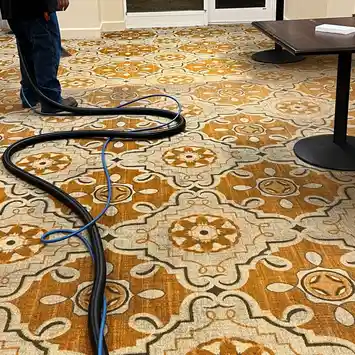
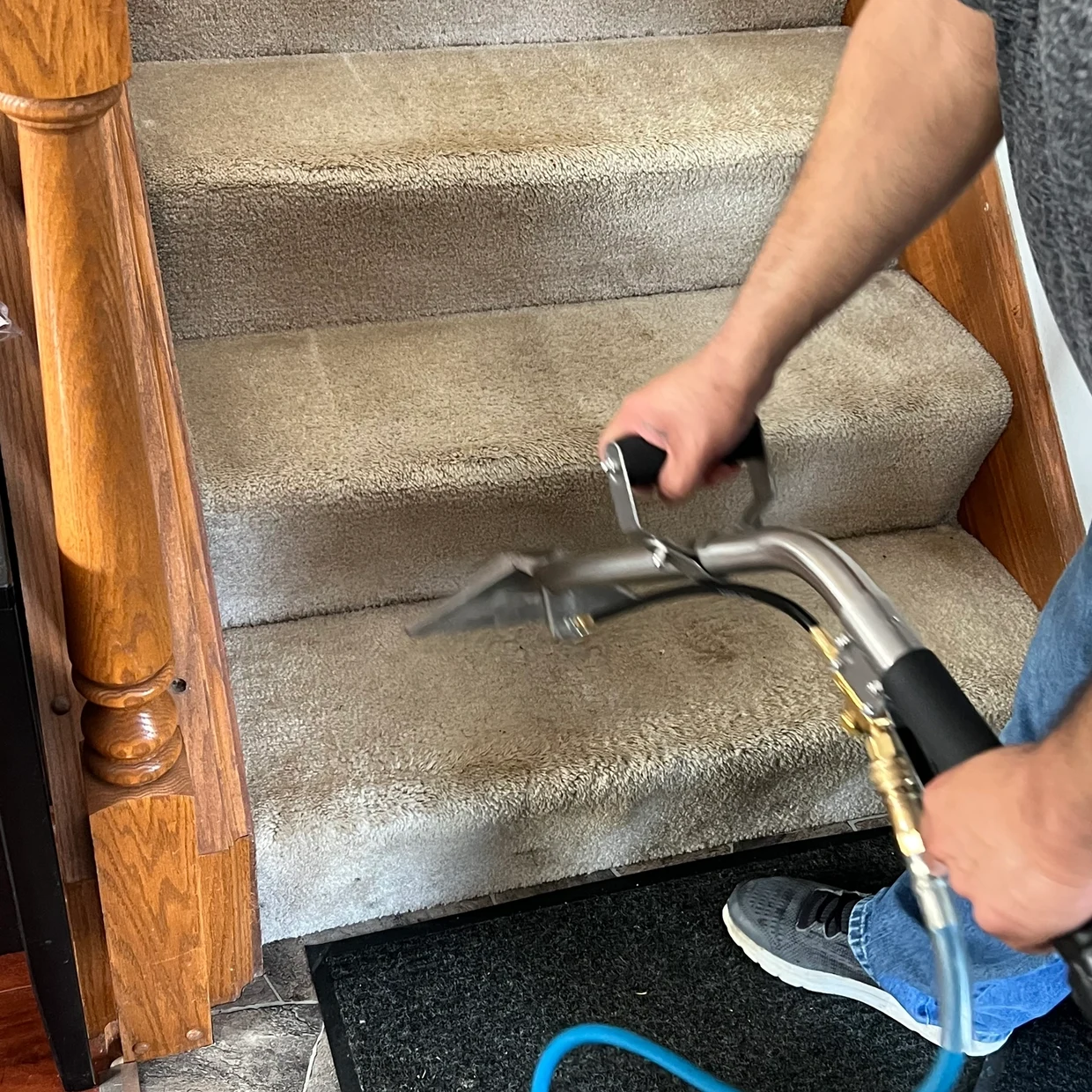


Don't get fooled by "coupon companies', Do you homework!
"Buyer Beware"
Homeowners beware of AIR DUCT CLEANING "deals" especially the sort where unscrupulous companies offer $149 special, then start piling on extra fees. Luxe Ducts gives a FREE consultation with estimate. Our price is discussed, agreed upon, and finalized before techs arrive. No hidden costs! No extra charges! No surprises!
Ready to get started?
Get comfortable this week with Air Ducts, Laundry Exhaust, and Carpets!
Get a free quote now!
Copyright ©
2024 Luxe Ducts, All Rights Reserved.


